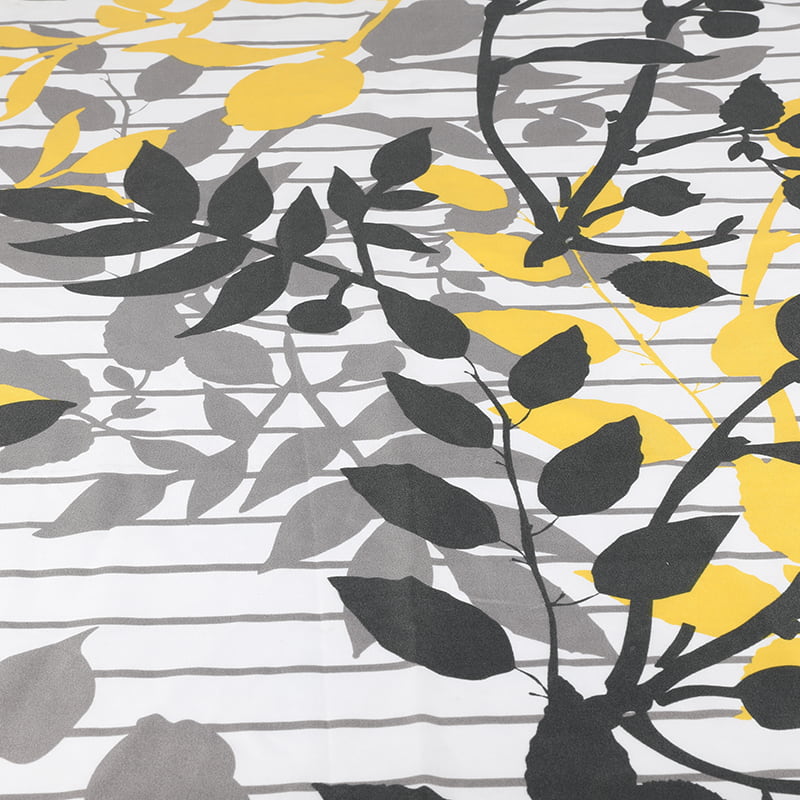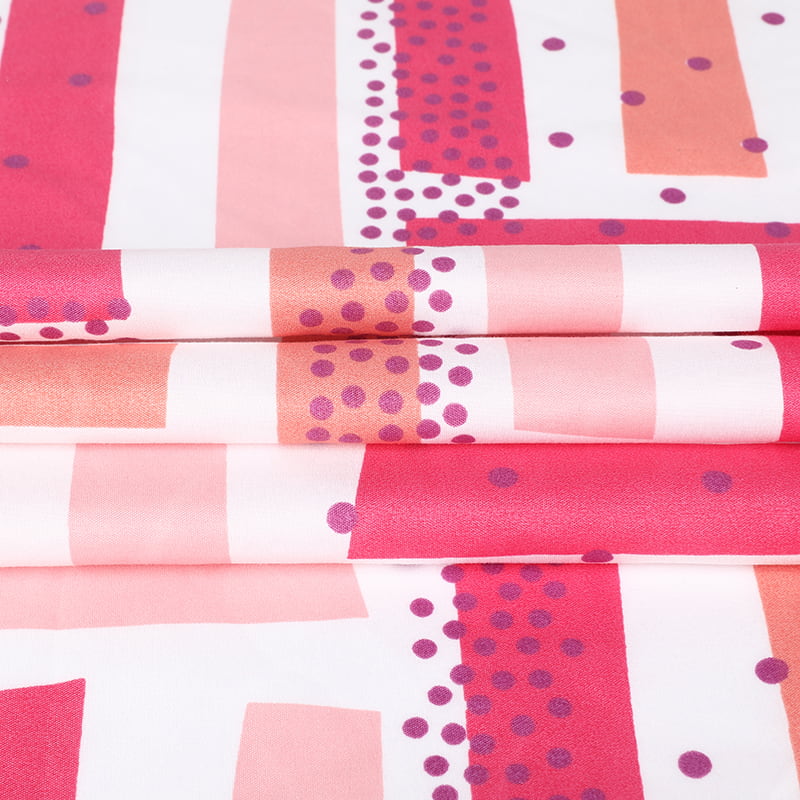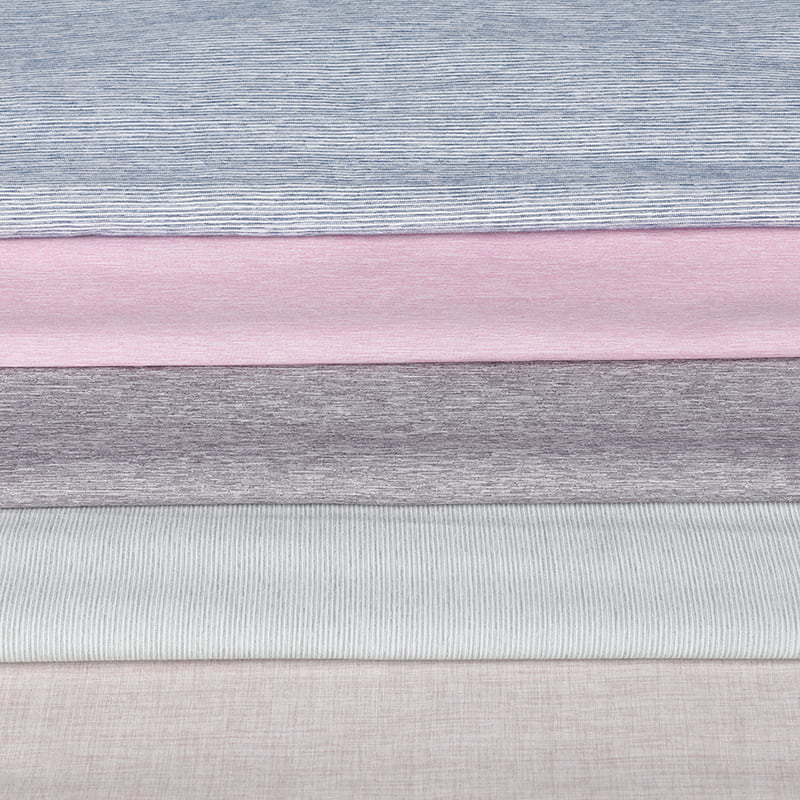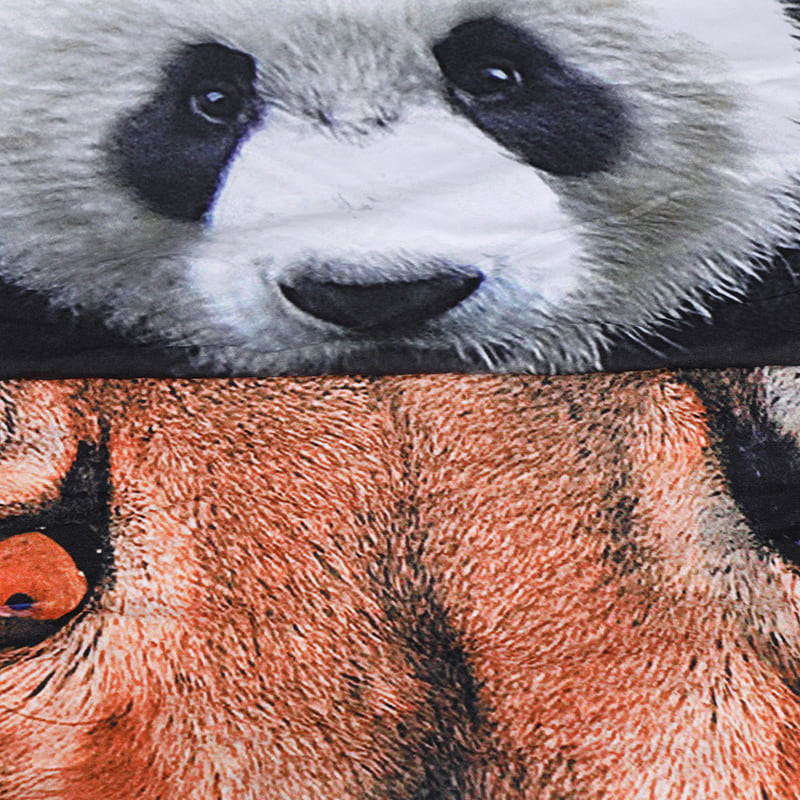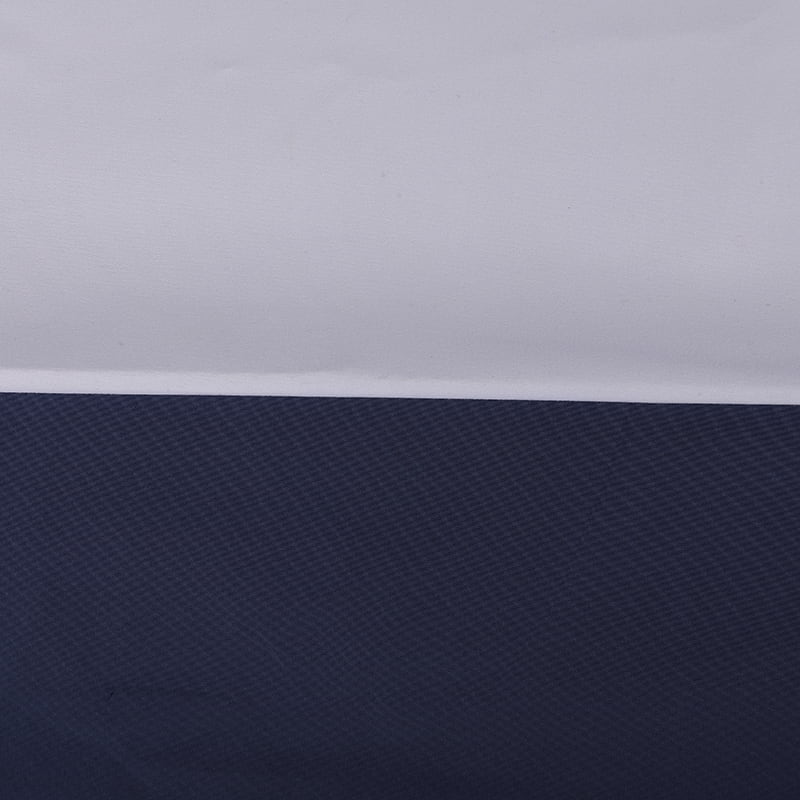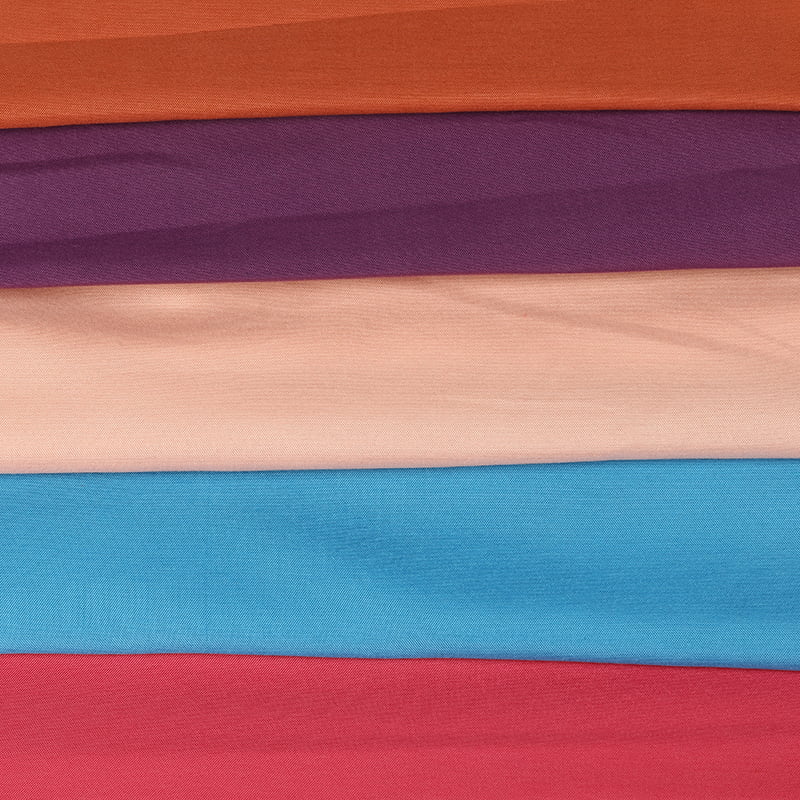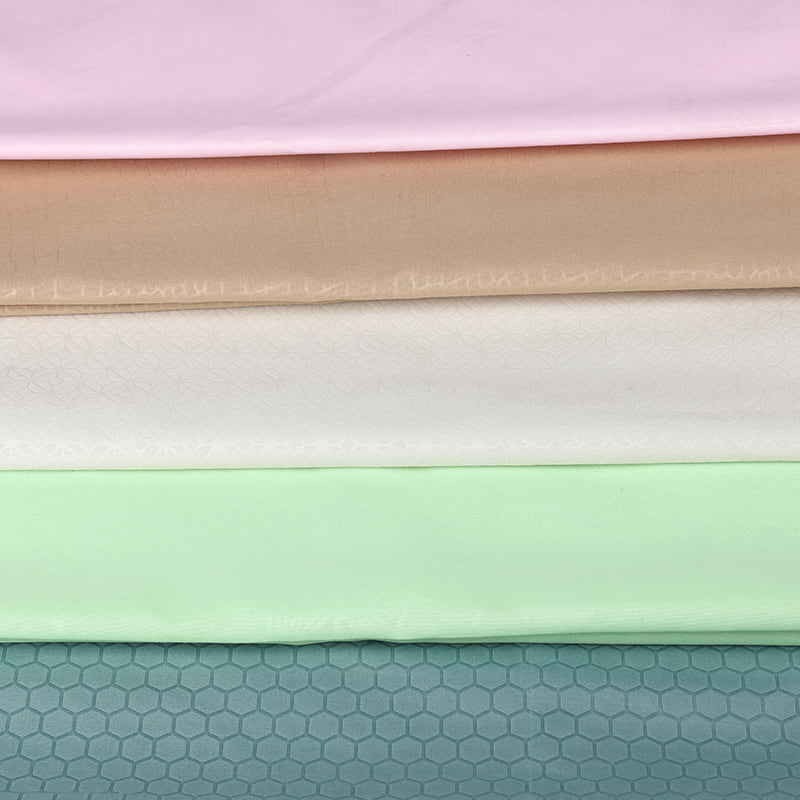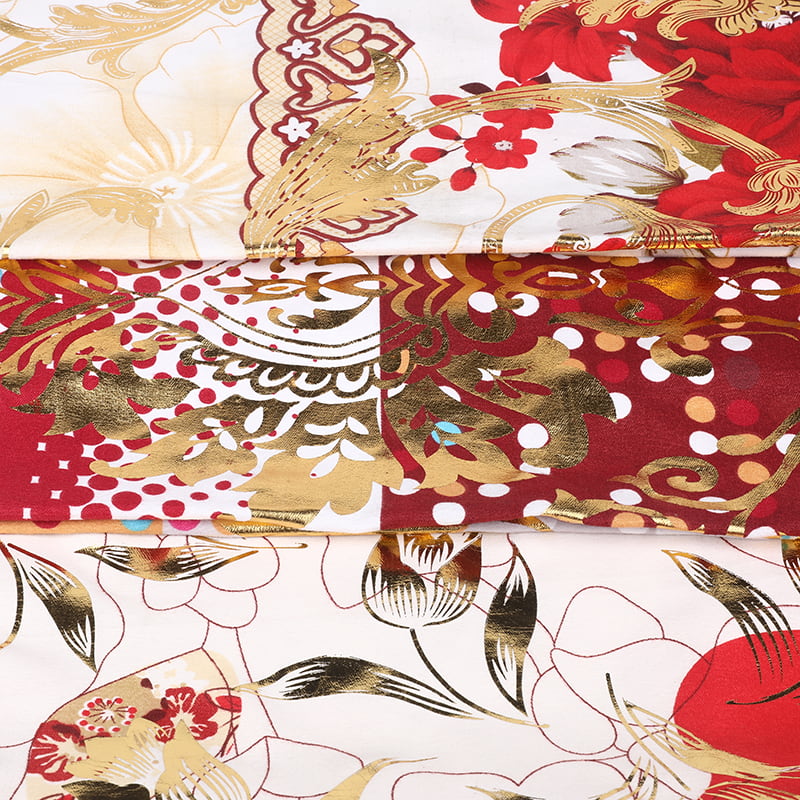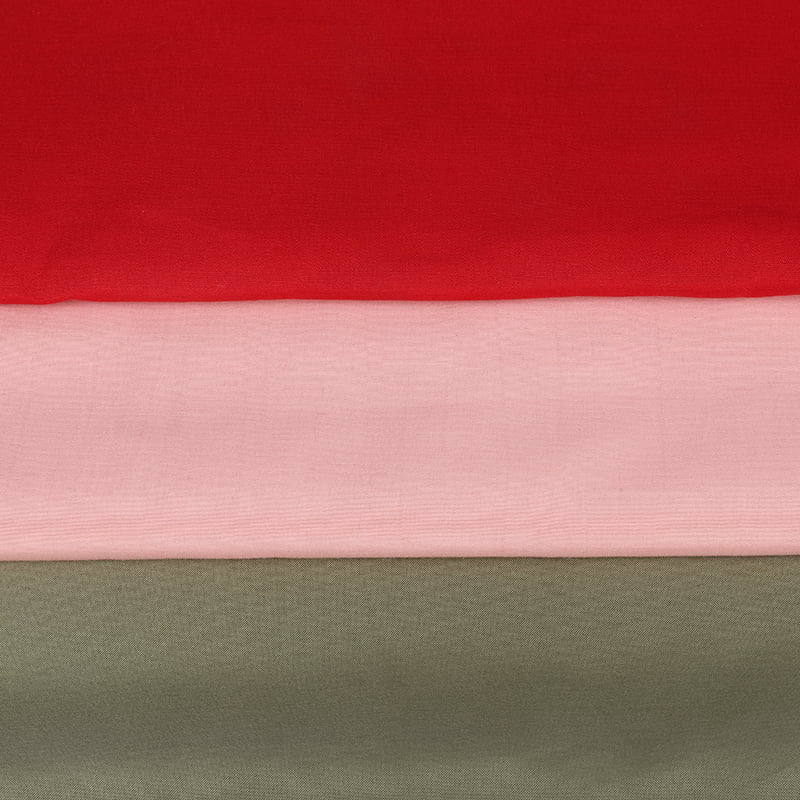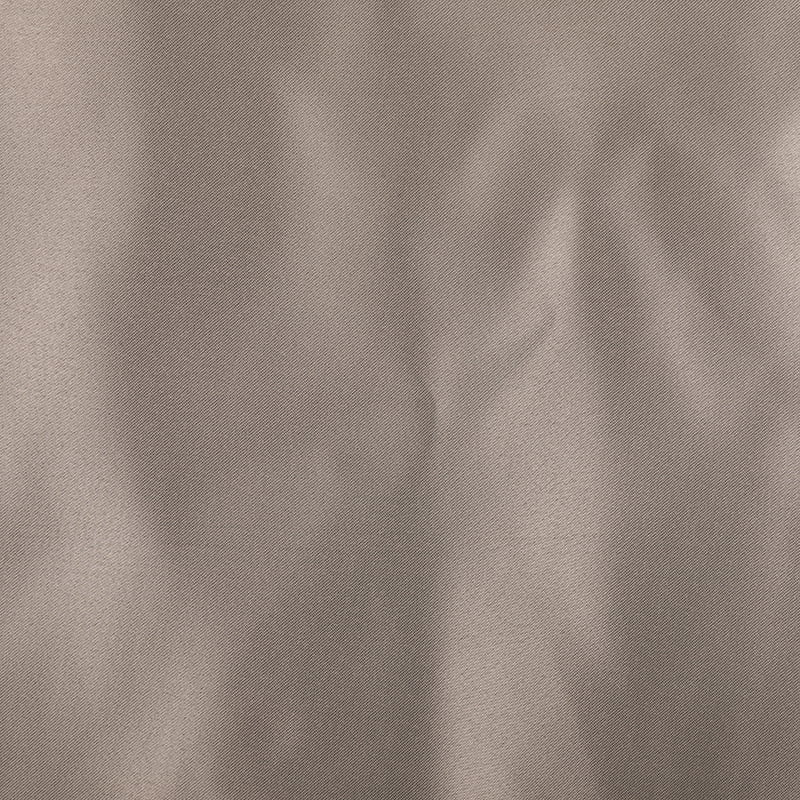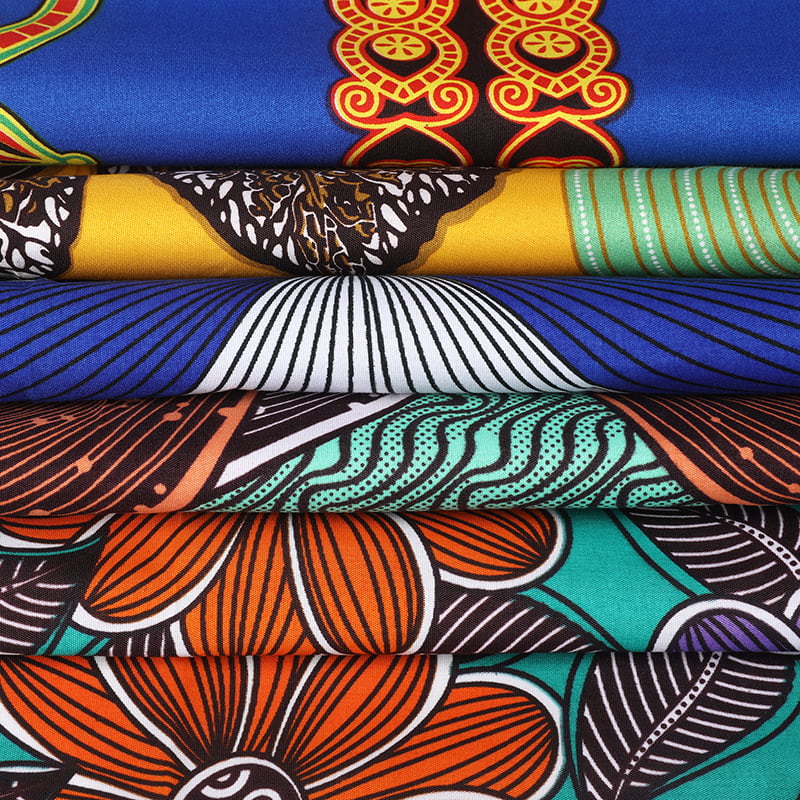Embossing is a process of hot-rolling the fabric with a high frequency or a pair of rolls engraved with a certain depth of pattern so that the fabric produces a concave-convex pattern with a relief-style three-dimensional effect and a special gloss effect. Due to the unique style, the application field of embossed fabrics has been extended from traditional curtains to clothing fabrics. However, the embossed fabrics currently on the market have single functions and insufficient shape retention capabilities. Basically, they are only used for ordinary decoration and have no special effects.
Simply put, it is a post-finishing process that uses mechanical external force to produce a three-dimensional pattern effect on the cloth surface. The fabric treated in this way has a three-dimensional effect on the surface. The initial embossing process is mainly to pick plants and flowers in nature. After various physical and chemical processing and other special methods for dehydration, pressing, and drying, it can retain its original shape, and then it is a manual process of adding it to the product through the conception and design of designers.
With the rapid development of production technology, textile embossing machines appeared. Since then, the process has become less cumbersome, and embossed products have become more diverse and more beautiful.
In layman's terms, embossing is a process that uses uneven rollers to iron out corresponding patterns on fabrics at a certain temperature. It is a process without adding dyes; The contrast between the hot parts creates visual or tactile bumps, which is different from the printing process.
A new type of embossed fabric, comprising an embossed fabric body, the embossed fabric body comprising two layers of the same fabric base layer, the two layers of fabric base layers are connected by elastic fibers, the elastic fibers are arranged in an arc shape, and the embossed fabric base layers are connected by elastic fibers. On the surface of the fabric body, there is a set of raised points consisting of a plurality of raised points uniformly arranged in the transverse direction, and the set of raised points includes a first set of raised points, a second set of raised points, the third set of raised points, a fourth set of raised points, and a set of raised points. The dot groups are arranged circularly in the order of the first dot group, the second dot group, the third dot group and the fourth dot group, and the edges of the dots are provided with annular grooves.
For more information, please refer to: Custom Textile Fabric Supplier



